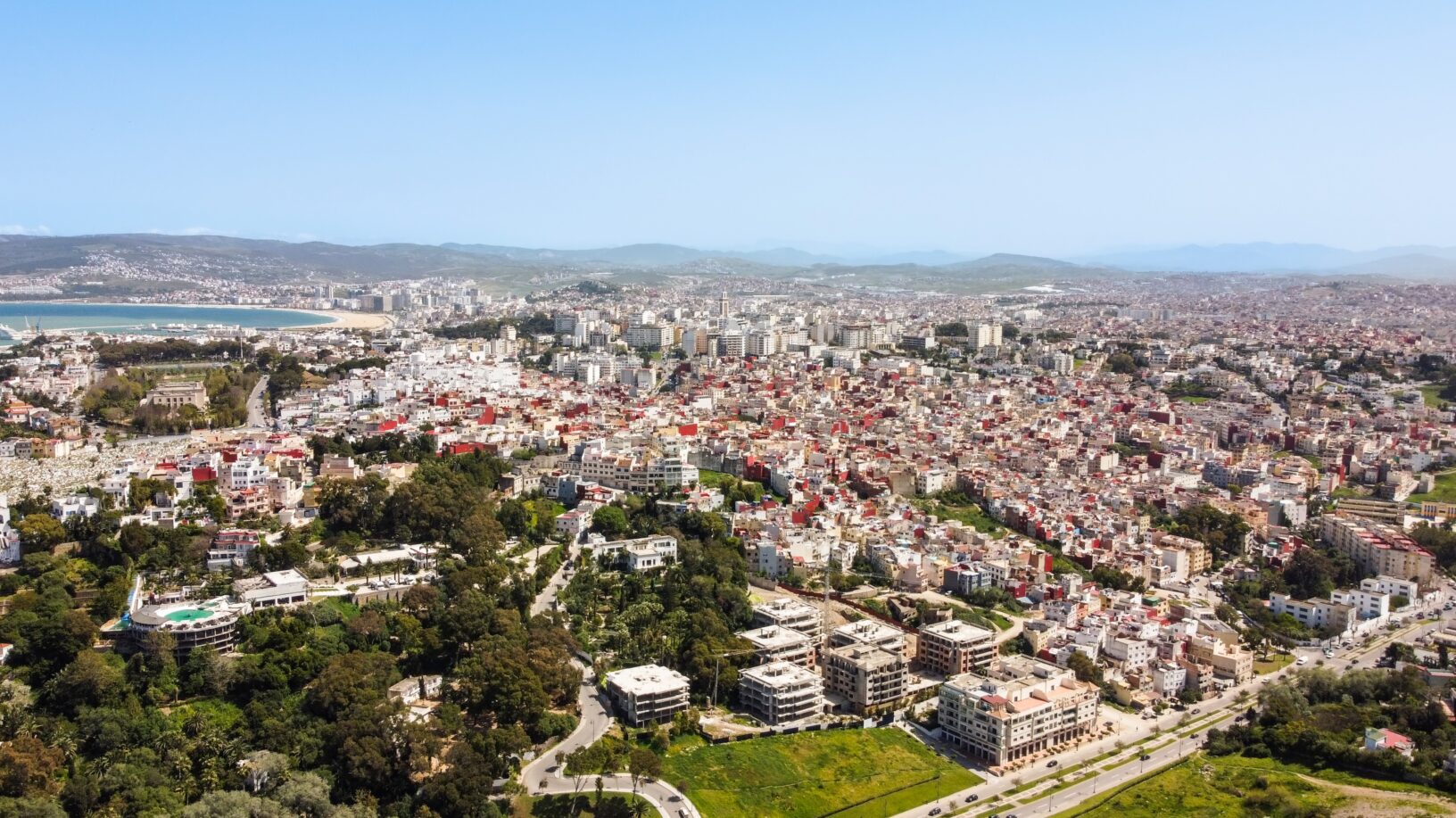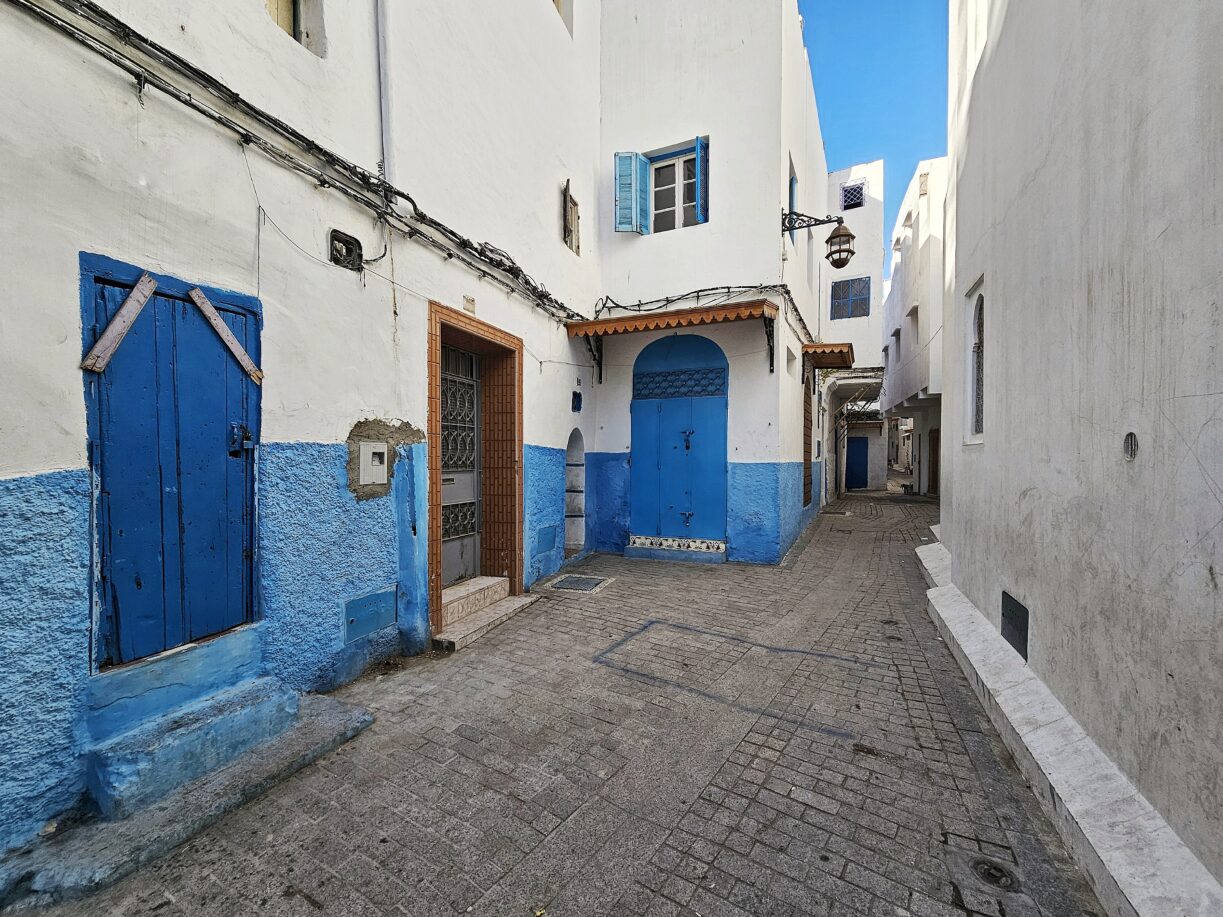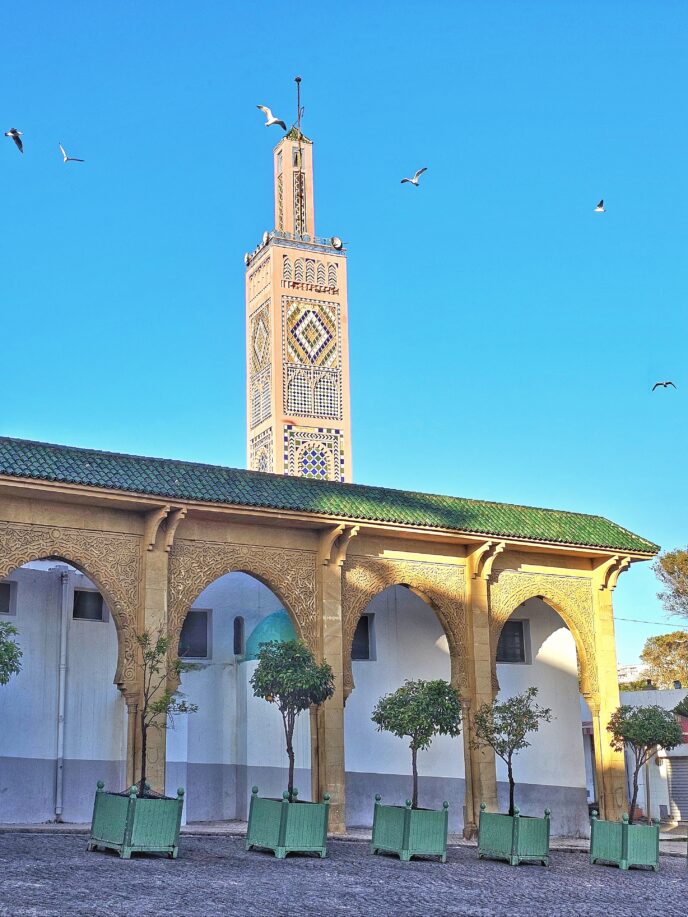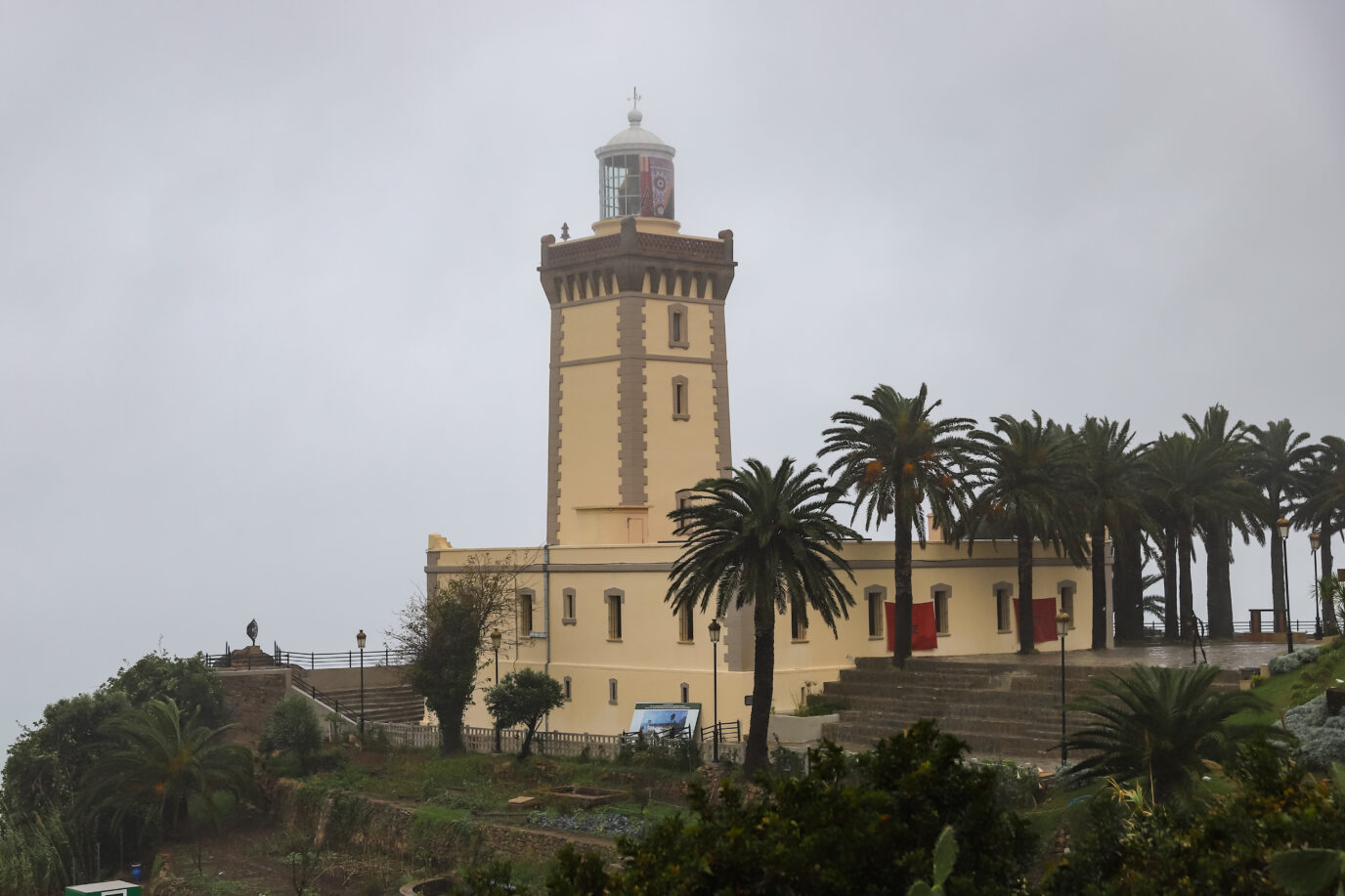Tangier, in Morocco, is a great place to visit and a popular port of entry for tourists. It is a large city with approximately 950,000 residents situated in the very north of the country. Many people visit from other countries, contributing to its growth, yet it still maintains a diverse population. The city is steeped in stories and myths. According to legend, Anteo, the son of Neptune, founded the town and named it after his wife, Tingis. However, historical records indicate habitation dating back to the Paleolithic era. During the 1800s, when it was a colonial city, Tangier served as an inspirational hub for artists and politicians alike.
Tangier
Tangier has a rich and diverse history that dates back over 2,500 years. Originally founded by the Phoenicians as a trading post, it later became part of the Carthaginian and Roman empires. During Roman rule, it was known as Tingis and served as an important commercial and military hub. After the fall of Rome, Tangier was ruled by the Vandals, Byzantines, and later the Umayyad Caliphate, which introduced Islam to the region.
Throughout the centuries, Tangier witnessed numerous power struggles, including Portuguese, Spanish, and British occupations before returning to Moroccan rule. In the 20th century, it became an international zone (1923–1956), attracting diplomats, spies, and artists, making it a hub of intrigue and culture. Today, its history is reflected in its architecture, from the ancient Kasbah to colonial-era buildings, showcasing its unique past as a meeting point of civilizations.
Why Visit Tangier ?
Top Attractions in Tangier
The Medina
Tangier, one of Morocco’s largest cities, is still walkable. It is divided into two parts: the Medina, stretching from the port to the hilltop, and the Ville Nouvelle, built by Europeans in the 20th century, with Plaza de Francia as its center.
The Medina is a lively maze of alleys, shops, and bazaars. Like other Moroccan Medinas, it remains unique, with cafés, hotels, and guesthouses adding to its vibrant atmosphere.
The Anglican Church of St Andrew
It was built in 1905 when Hassan I gave land to the British community in Tangier. Andalusian style is the one that stands out in its mix of styles. This church has a cemetery next to it where some people are buried.
Parque de la Mendubia
It is right next to the Medina and the souks, and though it looks like just another square at first glance, it’s a great place to relax after a long day of shopping. It’s a great place to learn about Tangier and Morocco’s culture and how they live. At the entrance to this park, we see an arch with Arabic text. An 800-year-old banyan tree is one of the trees in this park.
Siaghins
Siaghins Street is a lively area with many interesting shops. Its name means silversmiths, referring to the merchants’ old trade. Along the street stands Iglesia de la Purísima Concepción, a Catholic church built in 1880 with a Middle Eastern-style façade. At 41 Siaghins Street, Dar Niaba, a former Renaissance-style palace, once housed the French legation and served as the Naib’s office.
the Small Souk
Also known as Dakhil Souk, this plaza is the heart of the Medina and a top shopping spot. Surrounded by balconies and wrought iron bars, it is close to travel cafés and hotels.
Built in 1821, it housed over a century of historical furniture, documents, photos, and maps. It is open Monday, Wednesday, and Thursday from 10 AM to 1 PM and 3 PM to 5 PM.
Lori Foundation Museum
The Lori Foundation Museum, named after Marisha Lorin (1943–1993), a great art lover, is located on Tuahin Street inside a synagogue with a unique architectural style. It houses photos, scores, cartoons, and documents from Tangier’s early 20th century. Visitors can explore it daily from 11 AM to 1 PM and 3 PM to 5 PM.
Great Mosque
It’s also worth seeing the Great Mosque, built by Moulay Ismail in 1684. Many civilizations, including the Romans, lived there because the capital was found inside. It also became the Cathedral of the Holy Spirit when the Portuguese took over the land. In front of the Great Mosque, an old Madrasa was rebuilt in the 1800s. Going down a little, we find a great spot with great port views.
50 holes carved
The Punic Cemetery has 98 tombs with ancient rock walls perched on a cliff. Over 50 ceiling holes are carved into the stone, and the site contains artifacts from the Punic, Neo-Punic, and Roman eras. Though long abandoned, it offers stunning views of the Strait of Gibraltar. A few Roman columns remain near the entrance, and the famous Café Hafa is nearby.
Cape Spartel
Cape Spartel, located 12 kilometers northwest of Tangier, offers stunning views of the Atlantic Ocean and Mediterranean Sea. Home to a historic lighthouse built in 1865, the area is rich in rockrose and cork oaks. Nearby, the Caves of Hercules are natural sea caves, and the coastal route between Tangier and Ceuta features beautiful views, hidden beaches, and small coves.
Cape Malabata
You can also see the Bay of Tangier and the Strait of Gibraltar from Cape Malabata. Still, there is also a castle that looks like it was built at the beginning of the century: Malabata Castle. Many farms and canneries of fish and garum are in the small Roman town of Cotta. These places show the curious traveler how people lived in the first centuries of our time.
Hercules Caves
The Hercules Caves in Tangier are sea caves that form naturally along the Atlantic coast. People know these caves for the interesting rock patterns and the opening that looks like the shape of Africa. The story goes that Hercules rested here between his twelve labors. Many people love to visit the caves because they have beautiful ocean views and tell stories about Morocco’s natural and mythological past.
Where to Stay in Tangier
Hotel Continental
This is one of the oldest and most famous hotels in the city. It has beautiful views of both the Mediterranean and the Atlantic and royal charm.
Le Mirage
A high-end hotel on the coast with a private beach, stunning views, and excellent service, ideal for a relaxing vacation.
Minzah Hotel
This hotel is popular with tourists because it is close to everything and has a classic look. It is also known for its historical importance.
Hilton Garden Inn Tangier
This modern hotel has nice rooms, great amenities, and an excellent location for work and pleasure travelers.
Exploring the Culture of Tangier
Local Culture: Tangier is where Arab, Berber, European, and Jewish traditions come together. The city’s architecture, markets, and everyday life all show this unique mix, with customs from different parts of the world living together peacefully.
Food: Tangier offers a rich culinary scene, focusing on fresh seafood due to its coastal location. Traditional Moroccan dishes like tagine, couscous, and pastilla are typical, while Mediterranean flavors add a distinct touch. Don’t miss the local specialty, brochettes (grilled meat skewers).
Music: Tangier’s music is diverse, ranging from Andalusian classical music to Gnawa rhythms. The city is also known for its vibrant jazz scene, reflecting its historic connection to artists and intellectuals. Traditional folk music and instruments are also standard in the local culture.
Clothing: Traditional Moroccan clothing, such as the djellaba (a long, loose robe) and kaftan, is still worn by many in Tangier. The city’s European influence also brings a mix of modern Western fashion, especially in the more cosmopolitan areas.
Things to Do in Tangier
Explore the Medina
The Medina is Tangier’s old town. It has many lively streets where you can buy crafts, spices, blankets, and other traditional Moroccan items. The souks are vibrant places where you can find one-of-a-kind things to take home.
Go to the Grand Socco
This busy area is a great place to shop and watch people. There are shops all around it that sell everything from clothes to antiques, and it’s a great spot to learn about the area’s history.
Promenade on Tangier Beach
Enjoy a peaceful stroll along the beach, where local goods are sold by sellers, and take in the breathtaking views of the Atlantic Ocean.
Visit the American Legation Museum in Tangier
Check out the American Legation for a mix of culture and history. It’s a museum with art shows and cultural events and a cute gift shop with one-of-a-kind souvenirs.
Best Time to Visit Tangier
With warm weather and flowers in bloom, spring (March to May) is one of the best times to visit Tangier. The weather is great for outdoor activities, like walking along the beach or visiting the Medina.
The weather is nice in the fall (September to November), and there aren’t as many people as in the summer. Now is a great time to go sightseeing and enjoy the city’s sights without many other people around.
Tangier can get hot in the summer (June to August), with highs in the mid-30s°C (90°F), but the breeze from the coast makes it bearable. Since this is the busiest time for tourists, it can get busy at the beach.
Tangier is least busy in the winter, from December to February. Temperatures are around 15°C (59°F). Now is a good time for people who want a calmer place to stay and lower hotel prices.
How to Get to Tangier
By Air
Tangier’s Ibn Battuta Airport (Tanger–Boukhalef Airport) is well-connected with international and domestic flights. It has direct flights from major cities in Europe, the Middle East, and other parts of Morocco.
By Ferry
The Tangier Med Port is a popular entry point for travelers from Algeciras or Tarifa. The ferry ride usually takes one to two hours.
By Train
The city is well-served by Morocco’s train network. You can take a high-speed train from Casablanca, Rabat, or Fez to Tangier. The trip takes about 2.5 to 3 hours from Casablanca.
By Car
If you’d rather drive, you can quickly get to Tangier. The highway system in Morocco is well-developed, and you can drive from cities like Casablanca (about 3.5 hours) or Rabat (about 2 hours).
Frequently Asked Questions
Why is Tangier so famous?
The ancient city of Tangier is in the Strait of Gibraltar and is known as the “Gateway to Africa.” Different cultures, such as the Phoenicians, Romans, Arabs, and Europeans, have impacted it. Famous for its artistic history, the city has a lot of cultural past that has drawn writers and artists like Paul Bowles and Truman Capote. The Grand Socco Square, the Kasbah Museum, and the beautiful beaches with views of the ocean and mountains are some of the city’s main draws. Tangier is still a lively place for its history, culture, and natural beauty.
Is Tangier worth visiting Morocco?
Morocco’s Tangier is a fascinating place to visit, with a lot of history and different cultures from Europe, Africa, and the Middle East. People can visit the city and see its museums, shops, and historical sites. It has beautiful ocean views because it is on the Strait of Gibraltar, and the mountains and national parks close to it are even more attractive. There are many water things to do on Tangier’s stunning beaches, making it an excellent place for travelers interested in history, culture, nature, or just relaxing by the sea.





